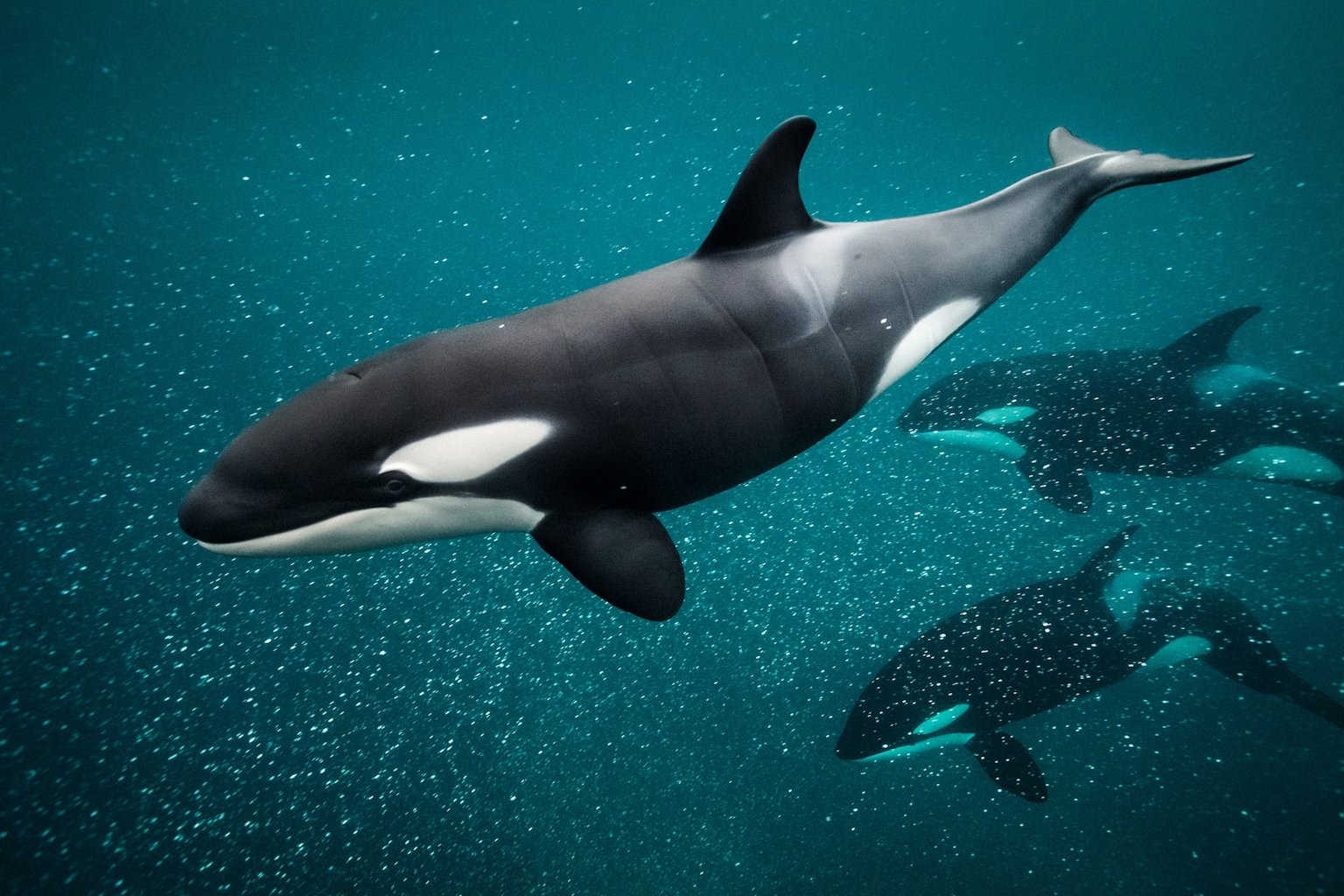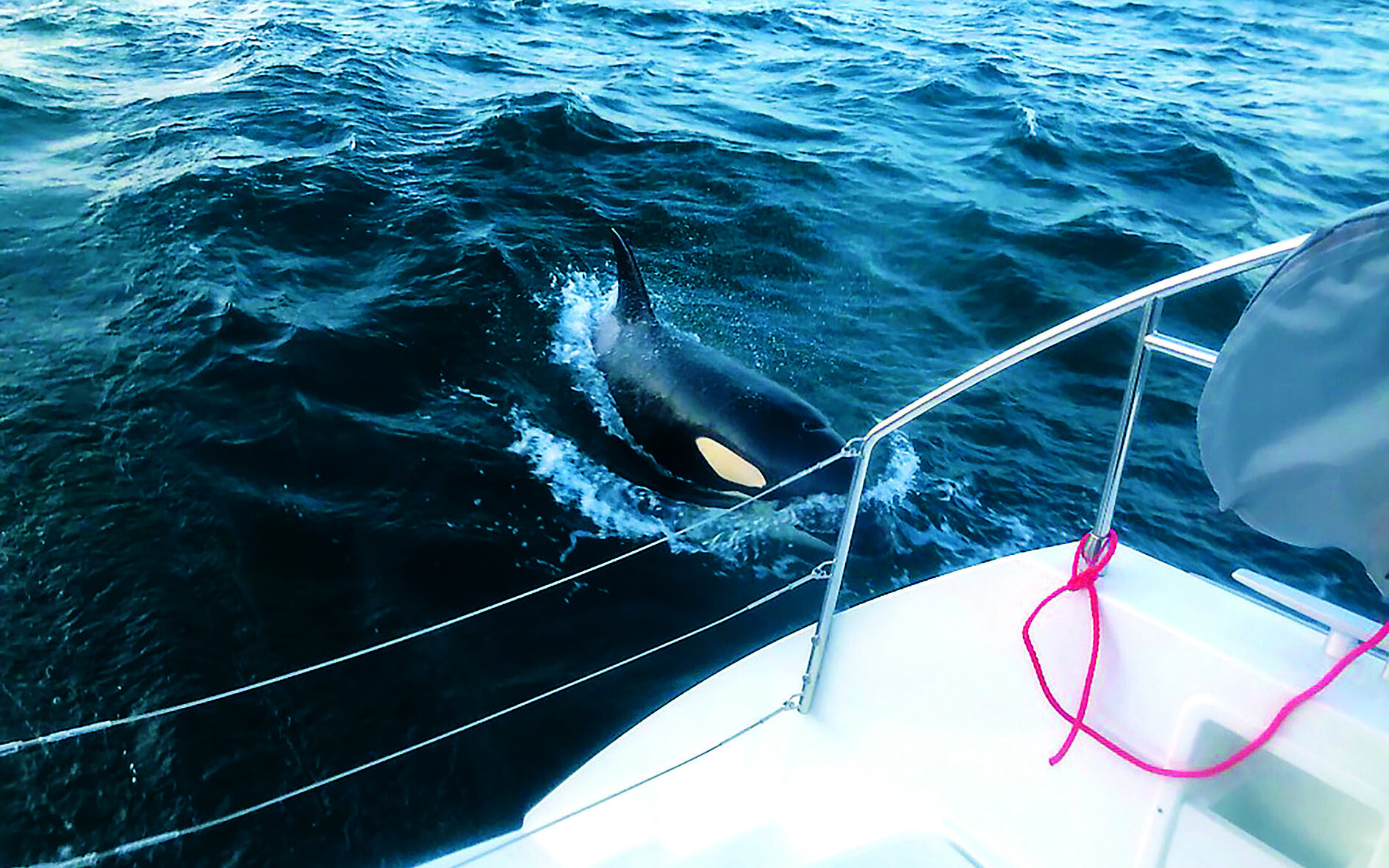Sink the Rich

Author notes from Savage by Liz Shipton
In 2020 a group of nine orcas led by an adult female known as White Gladis and two juvenile males (Black Gladis and Grey Gladis) began “interacting with” sailboats around the Strait of Gibraltar.
Scientists prefer to use the term “interacting with” rather than “attacking” because we don’t know for sure that the orcas’ intentions are malevolent. However, because I’m one of those people who loves the idea of nature fighting back, I’ll call them attacks for the purposes of this essay.

In 2020 there were 52 recorded cases of orcas attacking boats. In 2021 this had increased to 197 instances, and in 2022 there were 207 attacks. All of the attacks have been carried out by the same group of orcas—in total, 15 have been identified as participants. Initially, these interactions mostly happened around the Strait of Gibraltar, off the coasts of Portugal and Spain, but they have since spread as far as France and Morocco.
Most of the orcas involved in the attacks are juveniles, which indicates that this could simply be playful or curious behavior. Orcas have been known to follow sailboats and other vessels in the past, surfacing near them, inspecting them, and playing in their wakes. It’s possible that a group of young orcas started this “fad” and that the behavior has since spread among juvenile whales much like the fad of Pokemon Go spread among human juveniles.

The other hypothesis for the behavior is slightly darker. Some scientists have hypothesized that White Gladis had a traumatic experience with a sailboat that drove her to begin attacking them. While it’s true that orcas have interacted with sailboats in the past, these interactions only began to escalate to bumping, pushing, and breaking rudders in 2020, and most people agree that White Gladis was the primary instigator of this behavior.
It’s possible that White Gladis was injured by fishing lines at some point and has taken it upon herself to systematically disable what she now believes to be a threat to her species. Black Gladis also has injuries that may have been caused by humans, and it’s known that Grey Gladis witnessed a fellow orca getting tangled in fishing lines in 2018. When these orcas were first observed attacking boats, it was noted that the two smaller orcas (Black Gladis and Grey Gladis) were copying White Gladis, who may have been teaching them what to do.
Despite the attention that these attacks have gotten, the majority of instances have been harmless. Of the 500 or so interactions that have been recorded in the last three years, only three have resulted in a sunken ship. Indeed, the attacks have been more damaging to the orca population—four orcas have died since the abnormal behavior started.

Whether they are aggressive or playful, there is no doubt that these interactions are organized and intentional. The whales only target sailboats, and they always aim for the rudder. White Gladis has even been observed performing the behavior with a calf in tow, indicating that her drive to interact with boats may be even stronger than her maternal instinct.
Needless to say, the general public has seized upon the notion of nature “fighting back” against humanity. “Sink the Rich” has become a popular slogan for mugs and t-shirts, and it’s no surprise: the idea that orcas are purposefully targeting billionaire yacht owners and the other worst offenders of capitalism run amok is incredibly appealing.
While I personally love the idea that whales have taken it upon themselves to end capitalism (so long, and thanks for all the fish, right?) it’s likely that we’ll never fully understand the reason for these attacks. Perhaps the fad will fizzle out in a few years, much like Pokemon Go, or perhaps, 150 years from now when we are living on the Salt, orca attacks will be something we all need to watch out for.
Sources
https://www.bbc.com/future/article/20230626-why-are-orcas-suddenly-ramming-boats